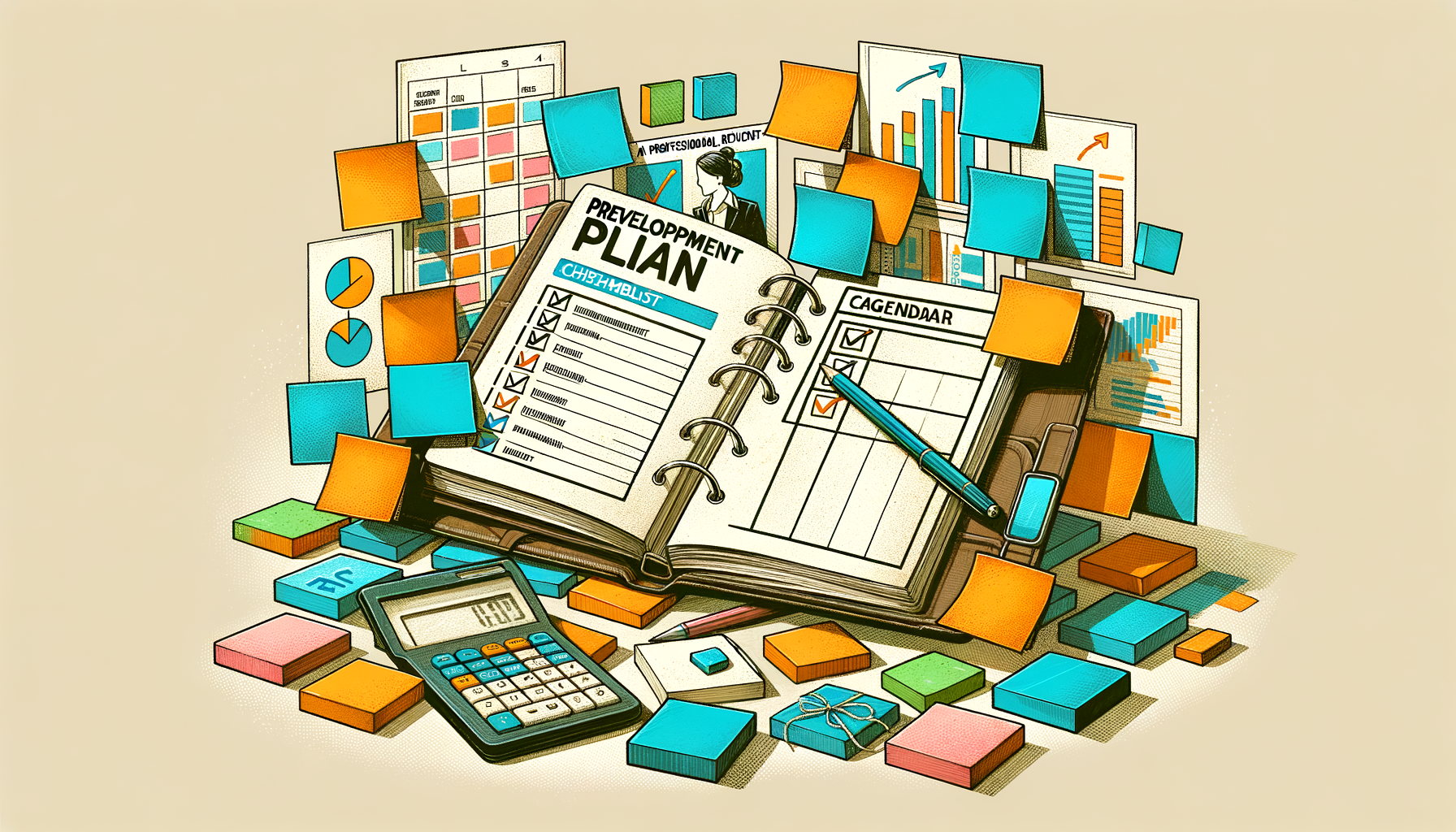Creating a professional development plan is a crucial step for jobseekers aiming to advance their careers strategically. This guide will walk you through the essentials of crafting a plan that aligns with your career goals, enhances your skills, and prepares you for future opportunities. Whether you're entering a new field or seeking growth in your current role, understanding how to write a professional development plan can set you apart in the competitive job market.
Understanding the Essentials of a Professional Development Plan
A professional development plan is a structured approach to identifying your career objectives and outlining the steps needed to achieve them. It serves as a roadmap for continuous learning and skill enhancement, tailored to your unique aspirations and the demands of your industry.
Key dimensions to consider when developing your plan include:
- Setting clear, measurable career goals
- Assessing your current skills and identifying gaps
- Choosing relevant learning opportunities and resources
- Establishing timelines and milestones for progress
- Regularly reviewing and updating your plan to stay aligned with evolving goals
How To Write A Professional Development Plan - Step by Step
Writing a professional development plan can seem overwhelming at first, but breaking it down into manageable steps makes the process straightforward and effective. Follow these five steps to create a plan that will guide your career growth with clarity and purpose.
Step 1: Define Your Career Goals
Begin by clearly articulating what you want to achieve in your career. These goals should be specific, realistic, and time-bound. Consider both short-term objectives, such as gaining a new certification, and long-term ambitions, like reaching a leadership position.
Step 2: Conduct a Self-Assessment
Evaluate your current skills, strengths, and areas for improvement. This honest assessment helps you identify the competencies you need to develop to reach your goals. Use feedback from peers, mentors, or performance reviews to gain a comprehensive understanding.
Step 3: Identify Learning Opportunities
Research courses, workshops, seminars, or on-the-job experiences that can help you build the skills you need. Look for options that fit your learning style and schedule, and consider both formal education and informal learning methods.
Step 4: Set Milestones and Deadlines
Break your goals into smaller, achievable tasks with clear deadlines. This approach keeps you motivated and allows you to track your progress. Milestones might include completing a course, mastering a new tool, or gaining relevant experience.
Step 5: Review and Adjust Your Plan Regularly
Your professional development plan should be a living document. Schedule regular check-ins to assess your progress, celebrate achievements, and make adjustments based on changes in your career interests or industry trends.
What You Need to Remember
While following the step-by-step guide is essential, there are additional points to keep in mind to maximize the effectiveness of your professional development plan. First, be realistic about your goals and timelines to avoid burnout or frustration. Setting overly ambitious targets can lead to discouragement, so balance ambition with practicality.
Second, embrace flexibility. Career paths often evolve unexpectedly, and your plan should adapt accordingly. Being open to new opportunities and willing to revise your goals ensures your development remains relevant and motivating.
Third, seek support from mentors, colleagues, or career coaches. Their insights can provide valuable perspectives and keep you accountable. Networking also opens doors to learning experiences that might not be immediately apparent.
Finally, quantify the benefits of your development efforts. For example, acquiring a new certification might increase your earning potential by a certain percentage or qualify you for a promotion. Tracking these tangible outcomes reinforces the value of your plan and encourages continued commitment.
Frequently Asked Questions
- What is the main purpose of a professional development plan?
It serves as a personalized roadmap to help you identify career goals, assess your skills, and outline actionable steps to achieve professional growth. - How often should I update my professional development plan?
Ideally, review and update your plan every 6 to 12 months or whenever significant changes occur in your career or industry. - Can a professional development plan help me switch careers?
Yes, it can guide you in acquiring the necessary skills and experiences to transition smoothly into a new field. - Should I include soft skills in my development plan?
Absolutely. Soft skills like communication, leadership, and time management are critical for career advancement and should be part of your plan. - Is it necessary to share my professional development plan with my employer?
While not mandatory, sharing your plan can demonstrate initiative and may lead to additional support or resources from your employer.
Conclusion
Writing a professional development plan is a proactive step toward taking control of your career trajectory. By defining clear goals, assessing your skills, and outlining actionable steps, you create a personalized strategy for growth and success. If you're ready to take charge of your professional future, start by following the step-by-step guide outlined here and watch your career progress with purpose and confidence.






